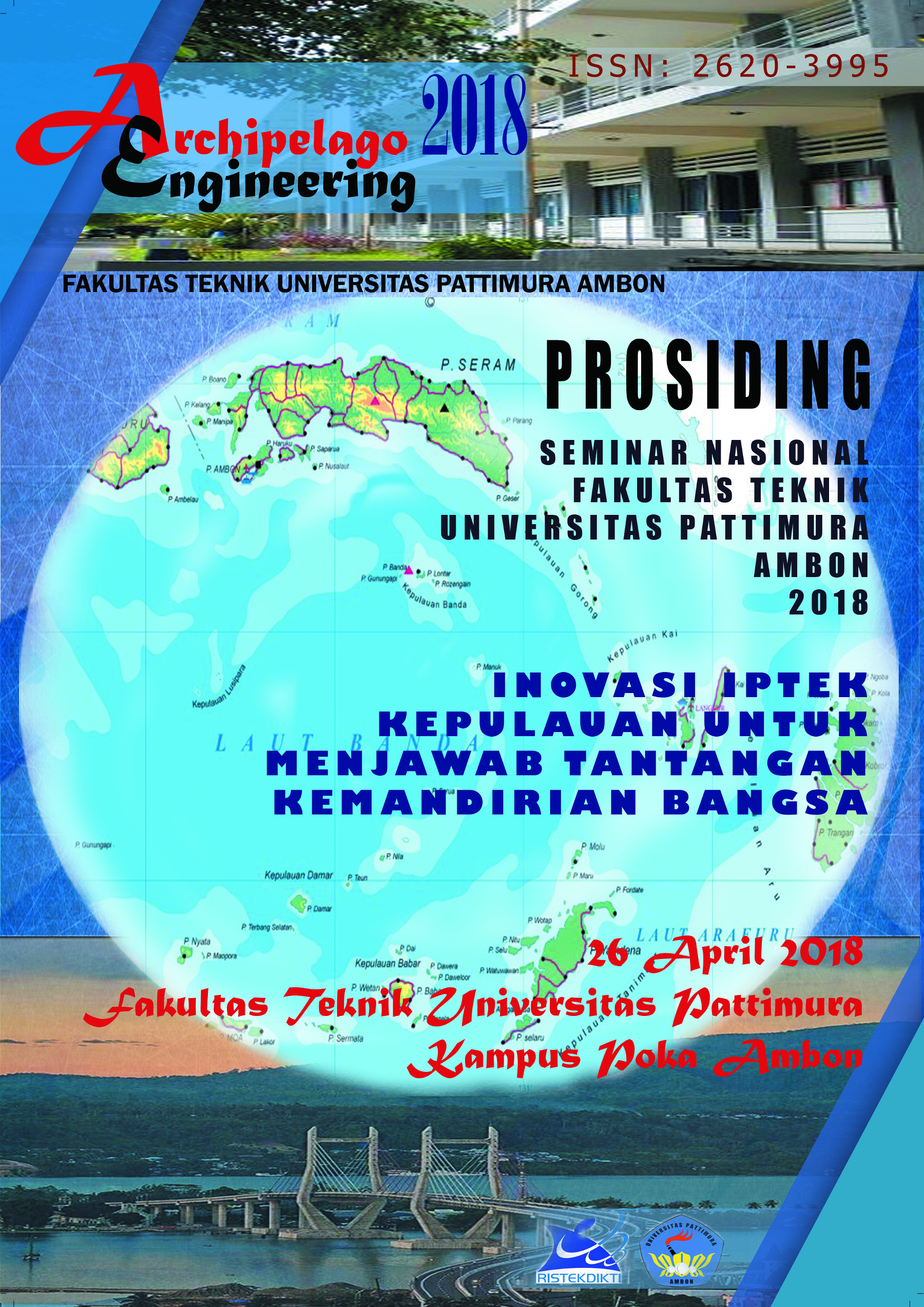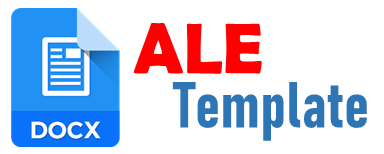STATIC AND DYNAMIC CUES TO MALE ATTRACTIVENESS
Abstract
Abstract Most studies on facial attractiveness have relied on attractiveness judged from photographs rather than video clips. Only a few studies combined images and video sequences as stimuli. In order to determine static and dynamic cues to male attractiveness, we perform behavioural and computational analyses of the Mr. World 2014 contestants. We asked 365 participants to assess the attractiveness of images or video sequences (thin slices) taken from the proï¬le videos of the Mr. World 2014 contestants. Each participant rated the attractiveness on a 7-point scale, ranging from very unattractive to very attractive. In addition, we performed computational analyses of the landmark representations of faces in images and videos to determine which types of static and dynamic facial information predict the attractiveness ratings. The behavioural study revealed that: (1) the attractiveness assessments of images and video sequences are highly correlated,
and (2) the attractiveness assessment of videos was on average 0:25 point above that of images. The computational study showed (i) that for images and video sequence, three established measures of attractiveness correlate with attractiveness, and (ii) mouth movements correlate negatively with attractiveness ratings. The conclusion of the study is that thin slices of dynamical facial expressions contribute to the attractiveness of males in two ways: (i) in a positive way and (ii) in a negative way. The positive contribution is that presenting a male face in a dynamic way leads to a
slight increase in attractiveness rating. The negative contribution is that mouth movements correlate negatively with attractiveness ratings.
Downloads
An author who publishes in the ALE Proceeding agrees to the following terms:
- Author retains the copyright and grants ALE Proceeding the right of first publication of the work simultaneously licensed under the Creative Commons Attribution-ShareAlike 4.0 License that allows others to share the work with an acknowledgment of the work's authorship and initial publication in this journal.
- Author is able to enter into separate, additional contractual arrangements for the non-exclusive distribution of the journal's published version of the work (e.g., post it to an institutional repository or publish it in a book) with the acknowledgment of its initial publication in this journal.
- Author is permitted and encouraged to post his/her work online (e.g., in institutional repositories or on their website) prior to and during the submission process, as it can lead to productive exchanges, as well as earlier and greater citation of the published work (See The Effect of Open Access).
Read more about the Creative Commons Attribution-ShareAlike 4.0 Licence here: https://creativecommons.org/licenses/by-sa/4.0/.






